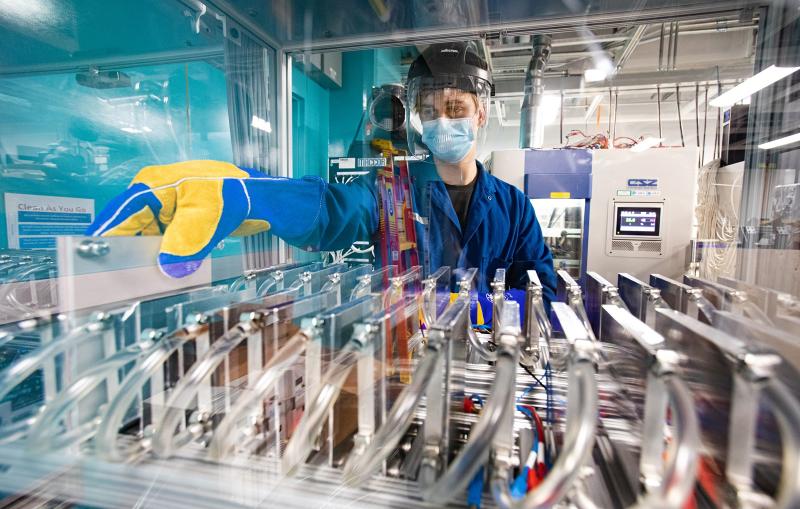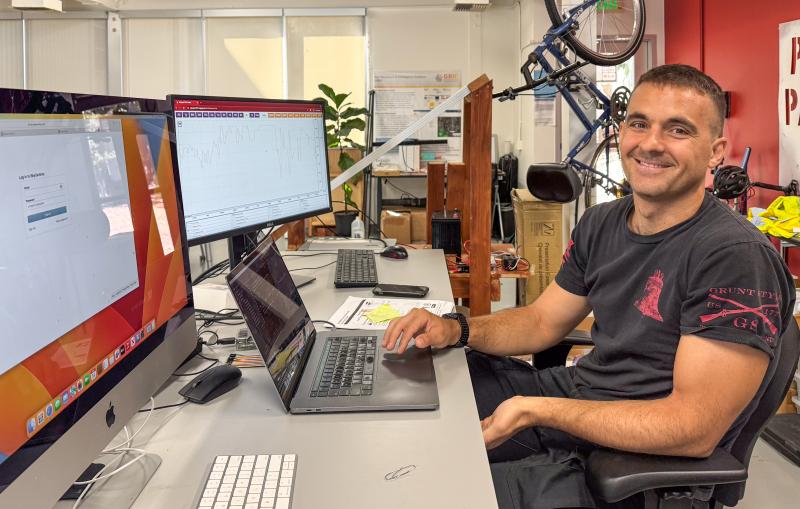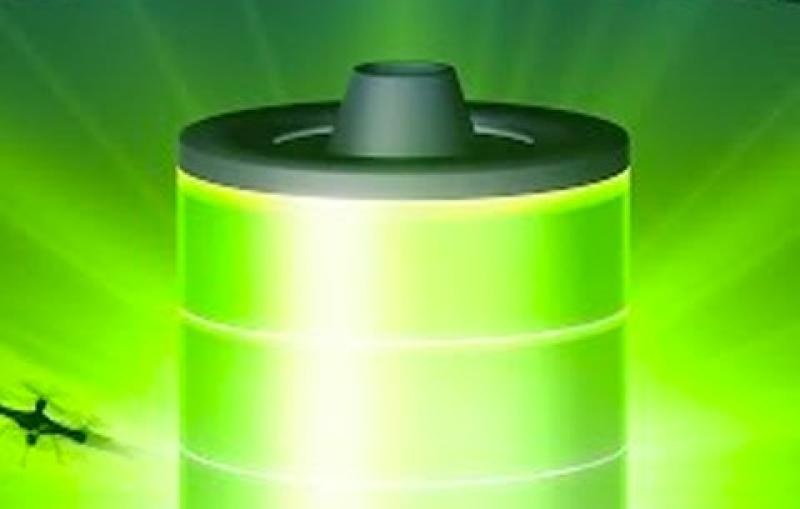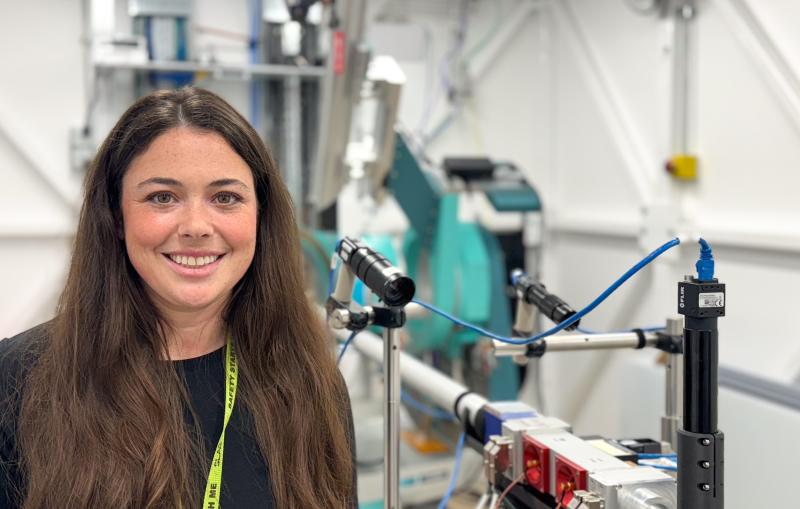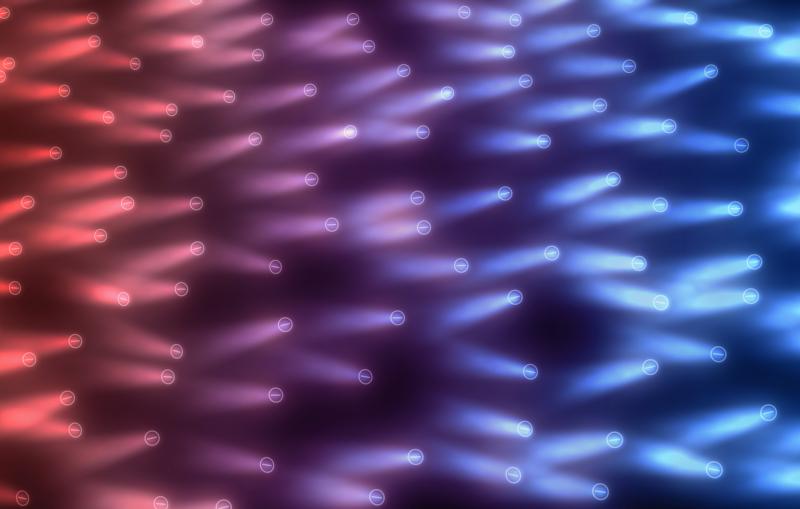August 5, 2019
Scientists create artificial catalysts inspired by living enzymes
Stanford researchers have made a significant advance in the development of artificial catalysts for making cleaner chemicals and fuels at an industrial scale.
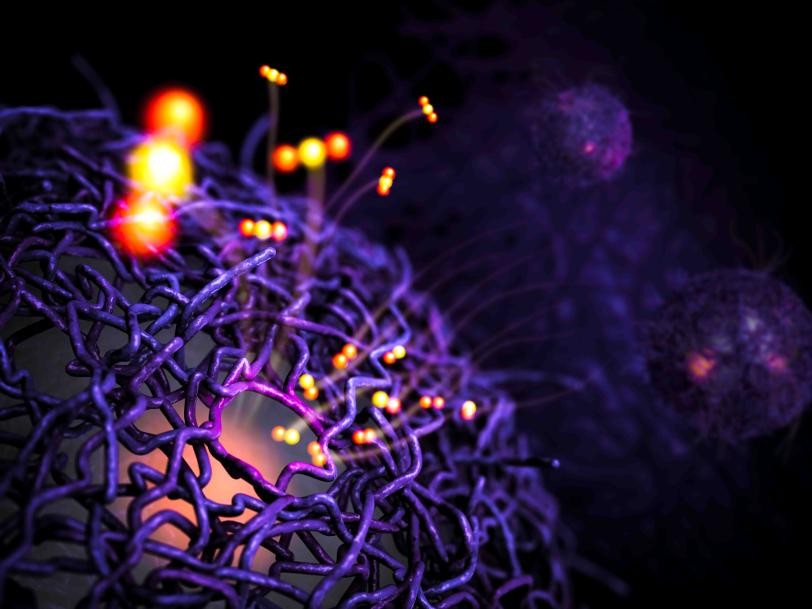
Dig Deeper
